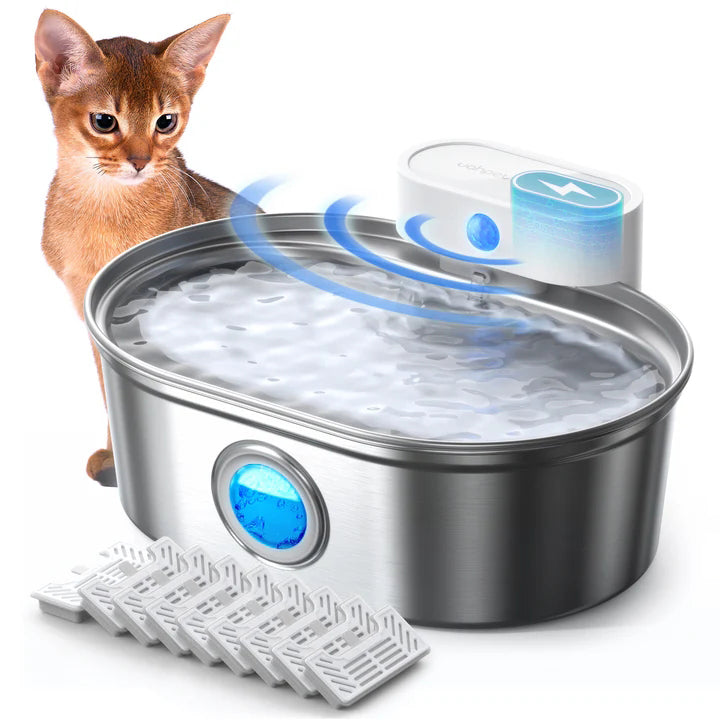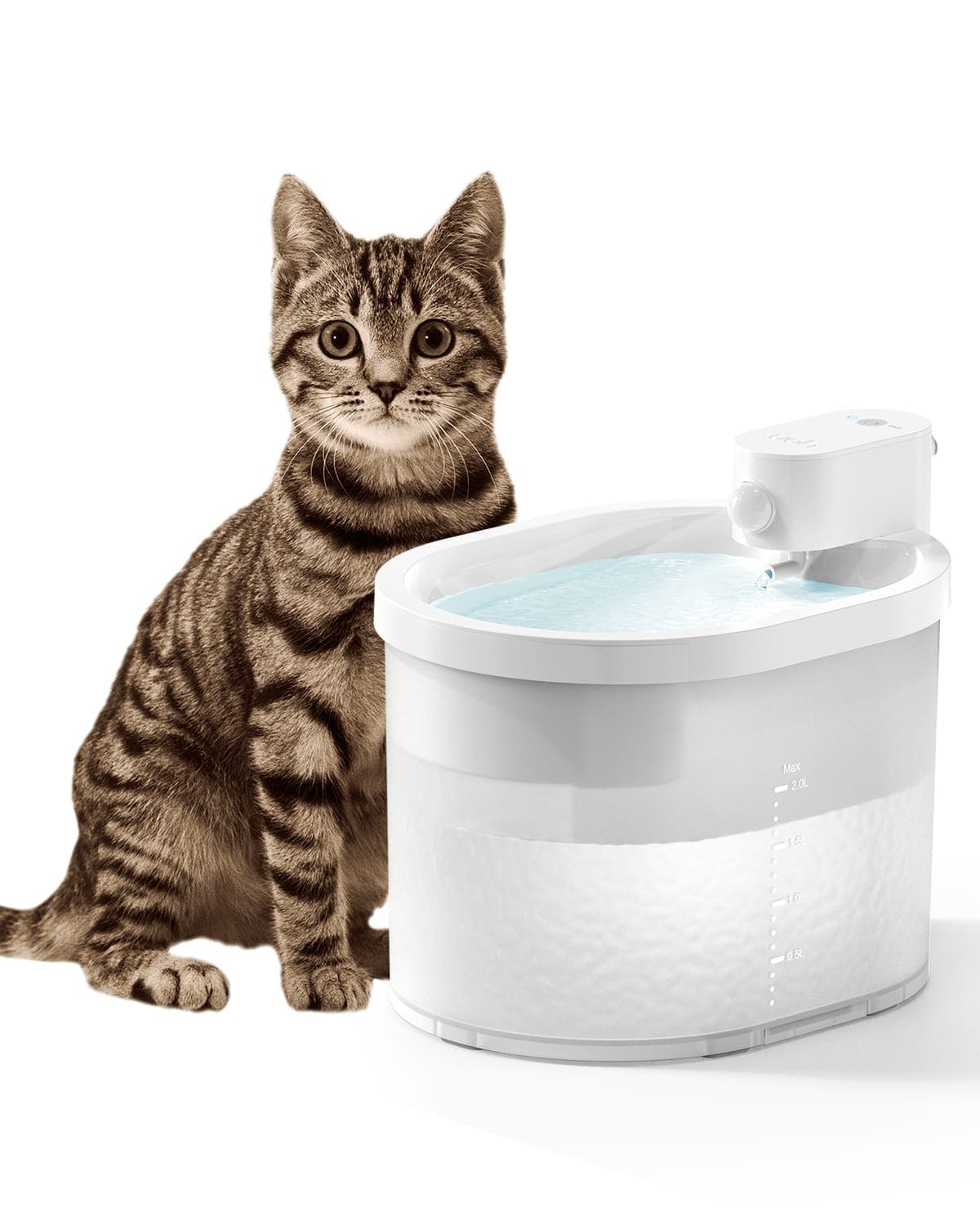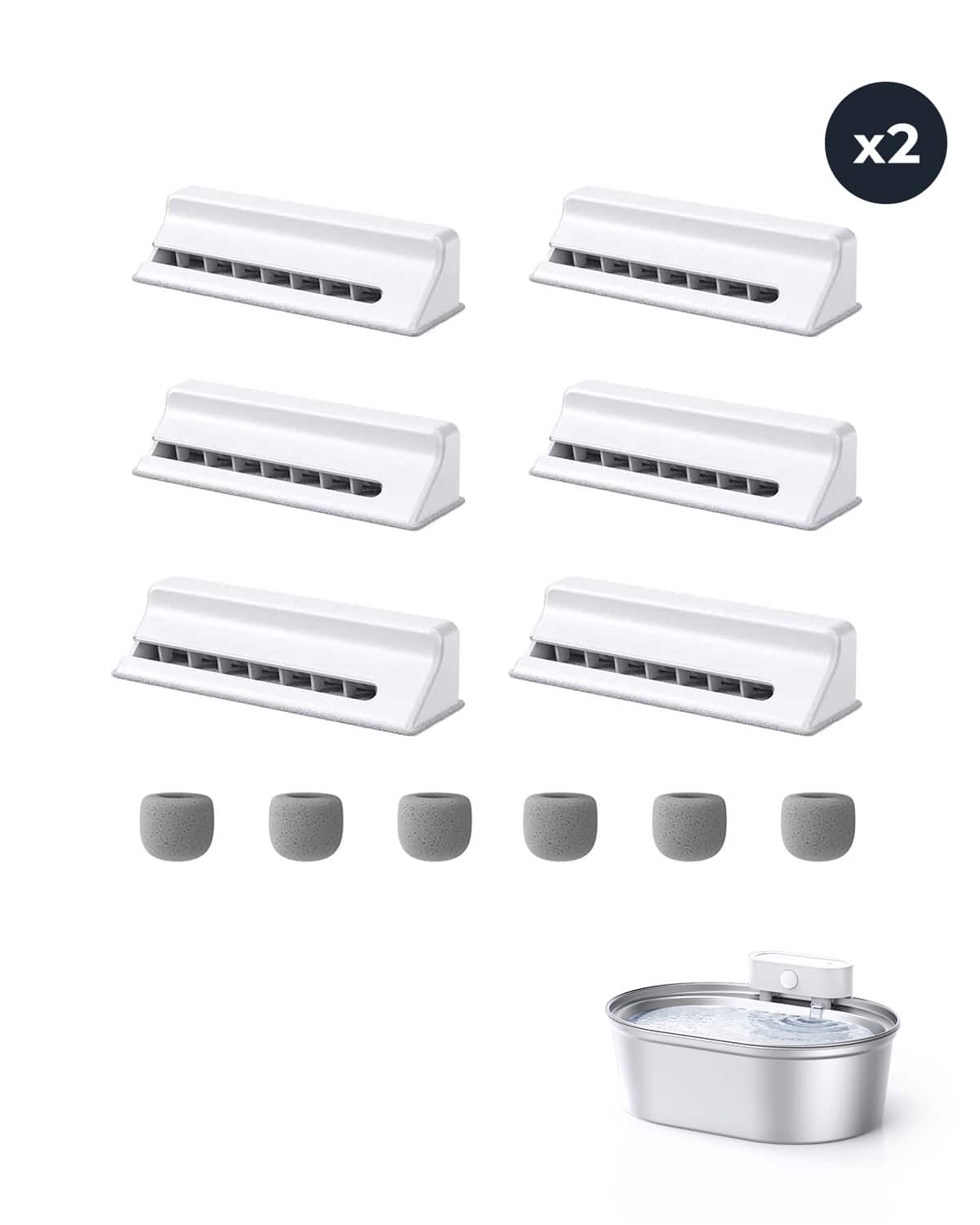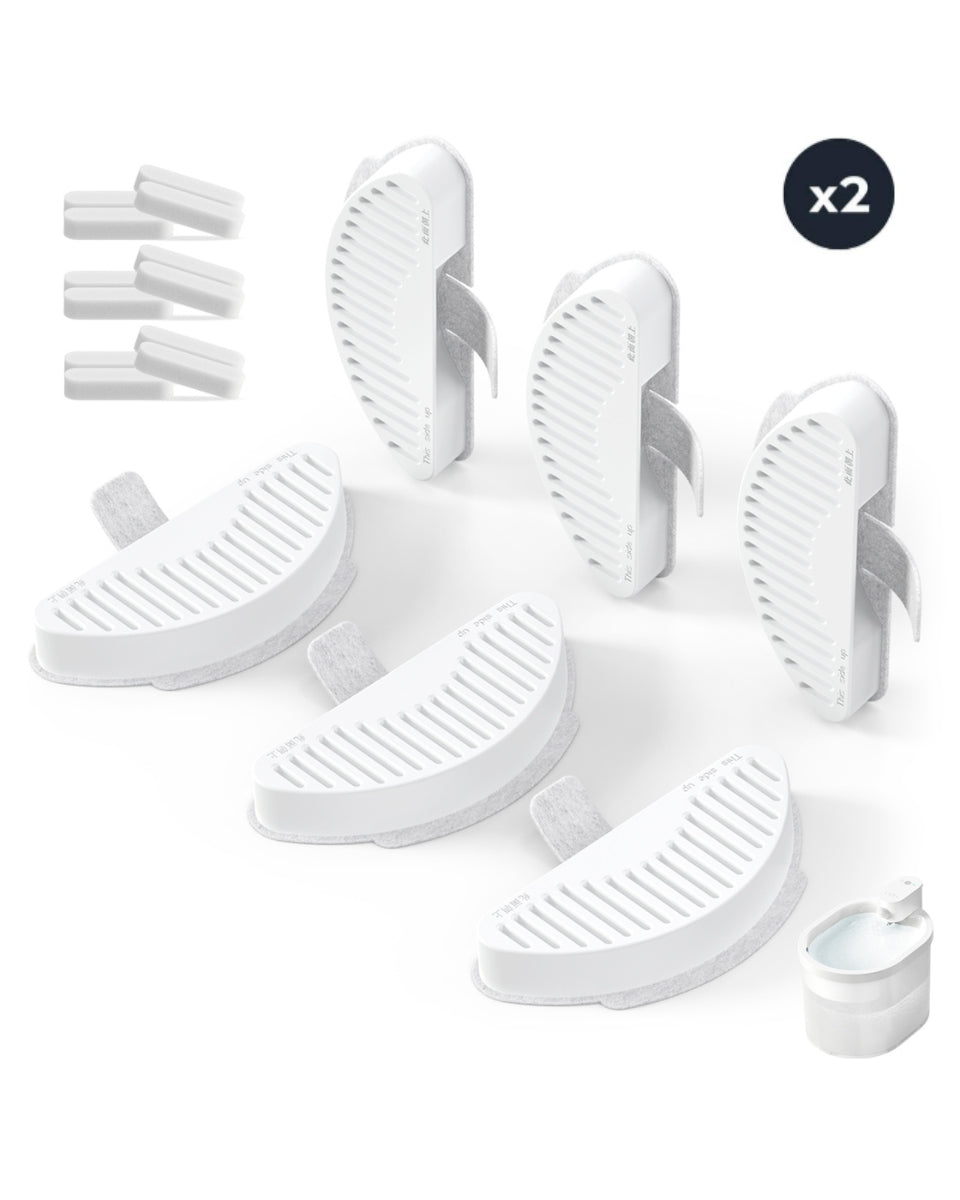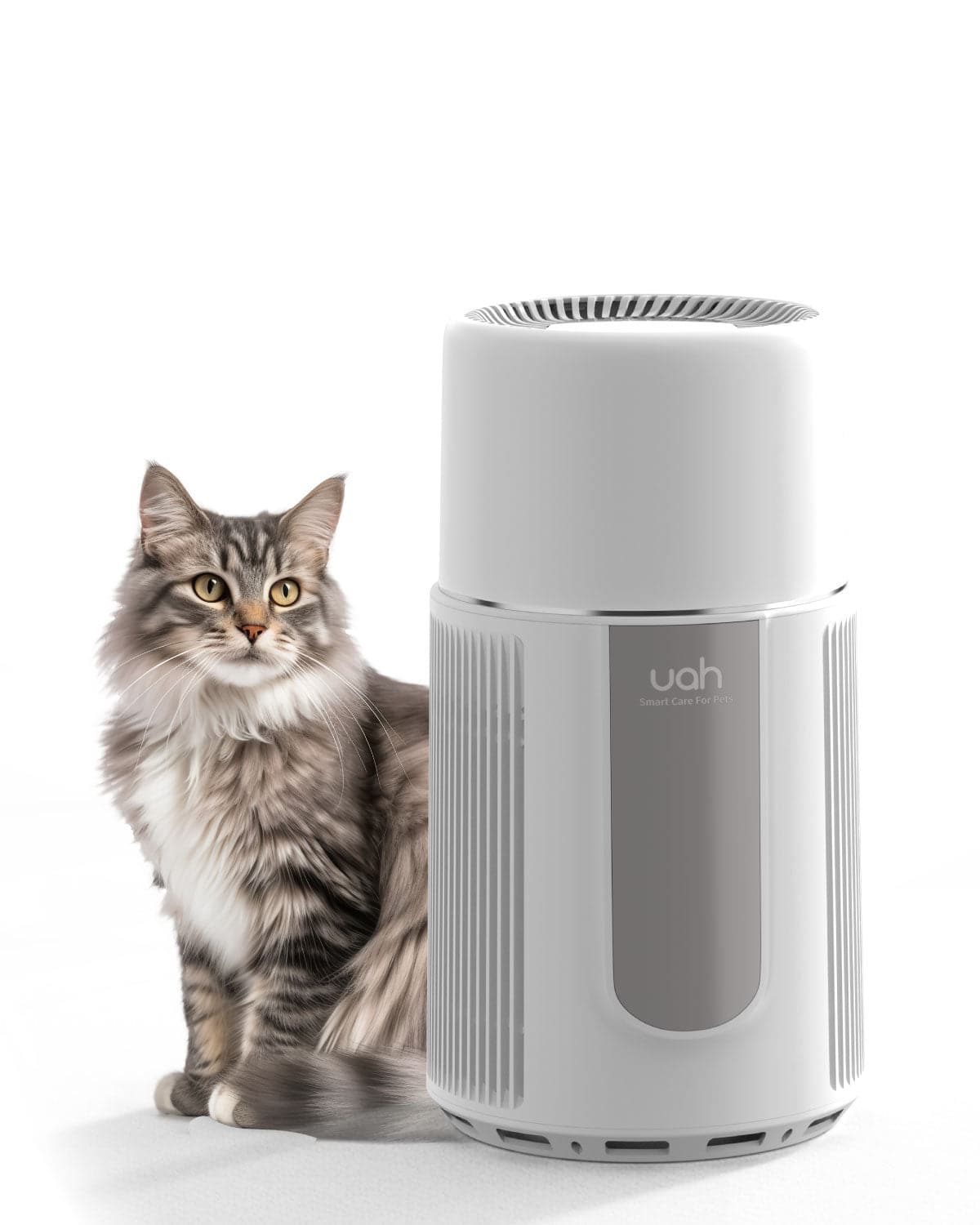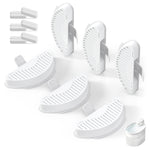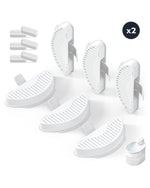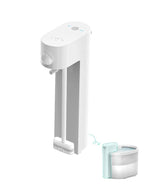For pet lovers, the joy of having a furry companion often comes with the challenge of managing pet allergies. Sneezing, itchy eyes, and respiratory issues can make life uncomfortable, but there’s a solution that can significantly improve your quality of life: an air purifier. This article explores the benefits of air purifiers for pet allergies, providing insights into how they work and why they are a must-have for pet owners.
Understanding Pet Allergies
Pet allergies are primarily triggered by proteins found in pet dander, saliva, and urine. These allergens can become airborne and settle on surfaces, making them difficult to avoid. Common symptoms include sneezing, nasal congestion, itchy eyes, and even asthma attacks. For those with severe allergies, these symptoms can be debilitating.
How Air Purifiers Help with Pet Allergies
Air purifiers are designed to capture and remove airborne particles, including pet allergens. They use filters, such as HEPA filters, to trap particles as small as 0.3 microns, effectively reducing the concentration of allergens in the air. By doing so, air purifiers can alleviate allergy symptoms and create a healthier indoor environment.
HEPA Filters: The Gold Standard
HEPA (High-Efficiency Particulate Air) filters are highly effective at capturing pet dander, dust, and other allergens. These filters can remove up to 99.97% of airborne particles, making them an essential feature in air purifiers for pet allergy sufferers.
Activated Carbon Filters for Odor Control
In addition to HEPA filters, many air purifiers include activated carbon filters. These filters are excellent at neutralizing pet odors, such as those from urine or wet fur, ensuring your home smells fresh and clean.
UV-C Light Technology
Some air purifiers incorporate UV-C light technology to kill bacteria, viruses, and mold spores. While this feature is not directly related to pet allergies, it can contribute to overall air quality and reduce the risk of respiratory infections.
Benefits of Using an Air Purifier for Pet Allergies
Investing in an air purifier offers numerous benefits for pet owners struggling with allergies. Here are some of the key advantages:
Reduced Allergy Symptoms
By removing pet dander and other allergens from the air, air purifiers can significantly reduce allergy symptoms. This means fewer sneezing fits, less nasal congestion, and a more comfortable living environment.
Improved Indoor Air Quality
Air purifiers don’t just target pet allergens; they also remove dust, pollen, and other pollutants. This leads to cleaner air and a healthier home for everyone, not just allergy sufferers.
Better Sleep Quality
Allergy symptoms can disrupt sleep, leading to fatigue and irritability. By improving air quality, air purifiers can help you breathe easier at night and enjoy more restful sleep.
Enhanced Respiratory Health
For individuals with asthma or other respiratory conditions, air purifiers can be a game-changer. By reducing airborne irritants, they can help prevent asthma attacks and improve overall lung health.
Long-Term Cost Savings
While air purifiers require an initial investment, they can save you money in the long run by reducing the need for allergy medications and frequent cleaning supplies.
Tips for Choosing the Right Air Purifier
Not all air purifiers are created equal, especially when it comes to managing pet allergies. Here are some factors to consider when selecting the right one for your needs:
Room Size
Choose an air purifier with a Clean Air Delivery Rate (CADR) that matches the size of the room where it will be used. A unit that’s too small won’t be effective, while one that’s too large may be unnecessarily expensive.
Filter Type
Look for an air purifier with a HEPA filter and, if possible, an activated carbon filter. These features are essential for capturing pet allergens and odors.
Noise Level
If you plan to use the air purifier in a bedroom or living area, consider its noise level. Many modern air purifiers operate quietly, ensuring they don’t disrupt your daily activities.
Maintenance Requirements
Check how often the filters need to be replaced and the cost of replacement filters. Regular maintenance is crucial for optimal performance.
Additional Strategies to Manage Pet Allergies
While air purifiers are highly effective, they work best when combined with other strategies to manage pet allergies. Here are some additional tips:
Regular Grooming
Frequent grooming can reduce the amount of dander and loose fur your pet sheds. Consider brushing your pet outdoors to minimize indoor allergen levels.
Cleaning Your Home
Vacuum carpets, rugs, and upholstery regularly using a vacuum cleaner with a HEPA filter. Wash bedding and curtains frequently to remove accumulated allergens.
Designated Pet-Free Zones
Create pet-free zones in your home, such as bedrooms, to provide a safe space for allergy sufferers.
Air Purifier Placement
Place your air purifier in the room where you spend the most time, such as the living room or bedroom. For maximum effectiveness, keep doors and windows closed while the purifier is running.
Living with pet allergies doesn’t mean you have to give up the joy of having a furry friend. By investing in an air purifier and adopting a few simple strategies, you can create a healthier, more comfortable environment for both you and your pet. Say goodbye to sneezing and itchy eyes, and hello to a happier, allergy-free life!

